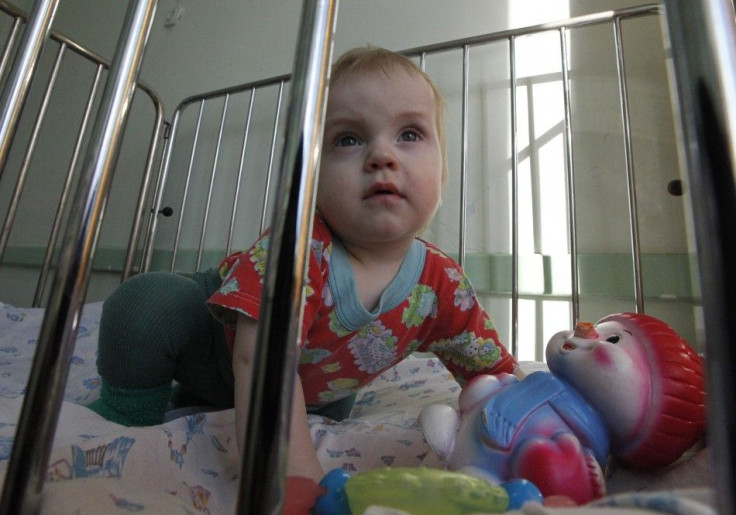Drop-side cribs ban takes effect, users have time to comply

The United States Consumer Product Safety Commission voted to give a number of manufacturers and providers of drop-side cribs used for infants and babies more time to comply with stronger safety standards for the sleeping beds, which take effect Tuesday.
The new standards for cribs, bassinets and play yards, come after the group ordered a ban of the product in the United States in 2010 and will be an important step in ensuring a safe environment for infants as they sleep, according to a statement from the National Institute of Child Health and Human Development.
Under the new rules, the sale of potentially dangerous drop side cribs will be banned and retailers and manufacturers will be required to include stronger mattress support, more durable crib hardware, and rigorous safety testing of cribs before selling to individuals, said Yvonne T. Maddox, deputy director of the institute, in the statement released Monday.
Problems with the harmful cribs stemmed from gaps that form between the crib mattress and drop side rails due to errors in assembly or installation; these are also caused by wear or malfunction from use by individuals. The problems result in infants being trapped in the gap, who in fact may suffocate. Since 2000, drop side cribs have been linked to at least 32 infant deaths in the United States, according to the CPSC.
Along with the new crib standards, the group suggests several steps parents and caregivers can also take to ensure a safe sleep environment for their infants:
- To place an infant on his or her back to sleep.
- To place infants on a firm sleep surface, such as a safety-approved crib mattress with a fitted sheet. Never place infants on a soft surface such as a pillow, quilt or sheepskin.
- All soft objects - such as pillows, cushioned crib bumpers, toys, and loose bedding - would need to be kept out of an infant's sleep area.
- Infants should not share a bed with adults or other children and an infant's crib or basinet should be placed in the parents' bedroom, the American Academy of Pediatrics recommends.
The ban on the manufacture and sale of drop-side rail cribs will go into effect today, although hotels, motels and day care centers are being allowed to use the drop-side rail cribs until December 28, 2012.
The extension also gives crib rental companies, child care facilities, such as family child care homes and infant Head Start centers, and places of public accommodation, until December 2012 to comply with the new mandatory standards for full-size and non-full-size cribs, in order to update their inventory with compliant cribs.
The American Academy of Pediatrics recommends that infants not share a bed with adults or other children and should sleep in a separate but nearby place, such as a crib that meets safety standards to prevent the Sudden Infant Death Syndrome, a leading cause of death for infants between one to 12 months old, the group says.
© Copyright IBTimes 2025. All rights reserved.





















